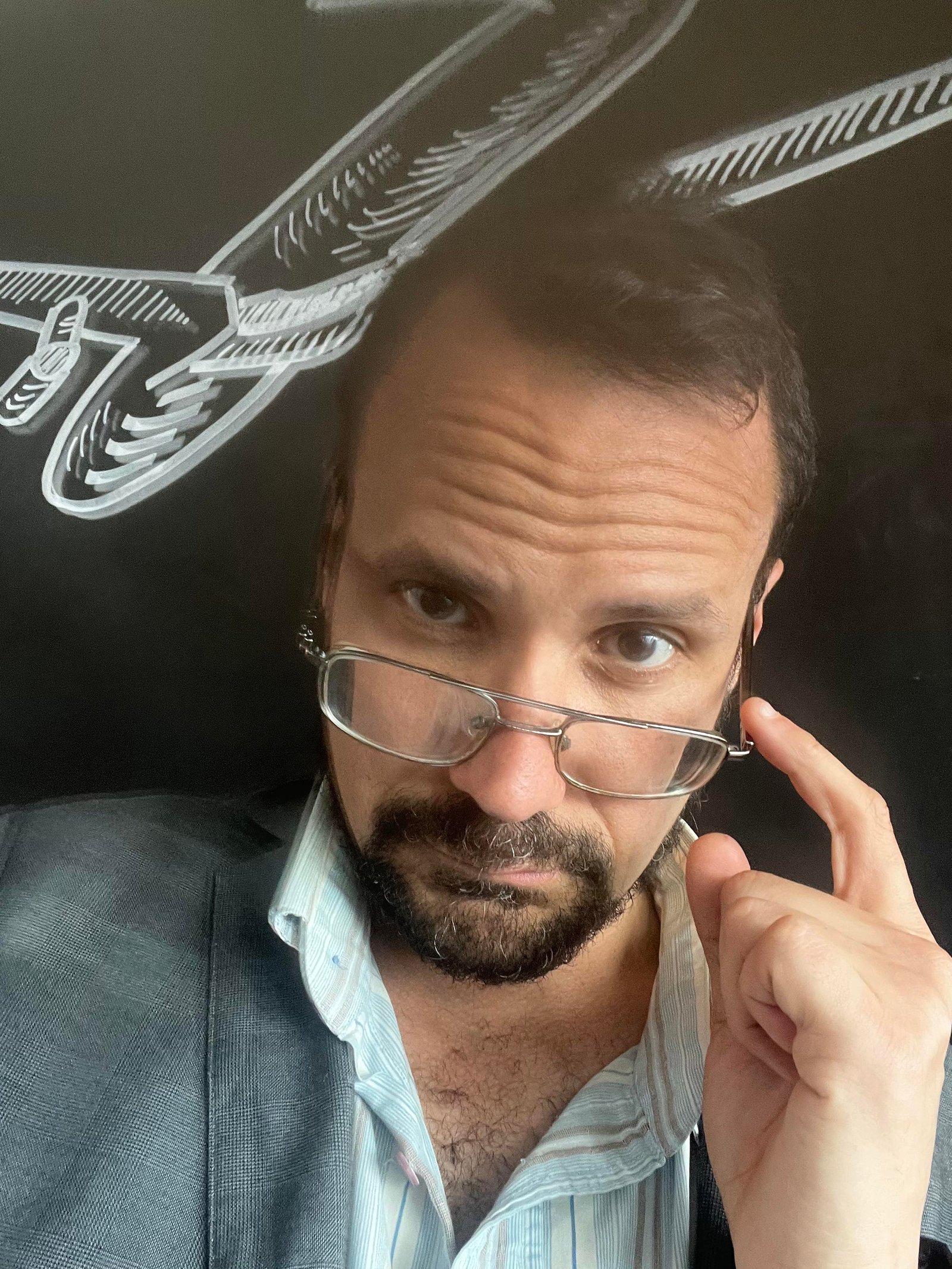




QUICK AND DIRTY: LIVE FROM SAN SEBASTIAN
Shelley (Anderson) has worked Le Razzle Dazzle her entire life. She is the main dancer in the cabaret’s erotic performance, which has been running for 38 consecutive years. But the dream is now coming to an end. Manager Eddie (Dave Baustista) confides to Shelley that the show is being cancelled, just before making the announcement on speakers to the shocked and disappointed troupe. Shelley only has another two weeks to do the number that defined her both as a woman and a as a professional, and from which she derives so much much pleasure. “I love being on stage, I love being looked at and desired”, she ascertains with conviction.
In a beautifully staged and yet narratively confusing opening scene (its real meaning is only revealed at the end of this 85-minute film), a 57-year-old Shelley tells an interviewer that she’s 36, only to “confess” that she’s actually aged 42. The majority of the other dancers are half her age. The only exception is Annette (Jamie Lee-Curtis), and even older performer with a heavily enhanced face. The generational gap isn’t such a problem, with the women insisting that they form a family, and see Shelley and Annette as motherly figures
Shelley’s passion and commitment to a profession often frowned upon comes at a price. She devoted very little time to her daughter Hannah (a wooden Billie Lourd), who grew up to resent her mother. The alienation is such that Hannah calls her mum by her first name. Shelley tries to reconnect with her only child, and to demonstrate some appreciation for her university degree in photography. Tragically, her knowledge of her daughter’s creative trade is as refined as her parental skills, and her futile compliments falls flat on their face. Plus, a morally upright Hannah doesn’t think very highly her quinquagenarian mother’s semi-naked act. Surely a woman of such age must have a more decent job?
Despite playing a role seemingly tailored for her, Pamela Anderson (who is the same age as her character) does to shine. Her acting skills are limited, and she does not possess the emotional depth and versatility required for the part. But she does offer some moments of relief, as when she desperately and hilariously mocks the gynaecological dancing of younger generations. The cardboard script fails to give her a much needed lift. The dialogues are often dispassionate and cliched. The interactions are superficial, allowing limited opportunity for the chemistry between characters to work. Most crucially, the dance numbers are scarce, uninspiring and occasionally cringey. A montage of Annette twerking on a raised platform while a pensive Shelley leans against the wall – all to the sound of Bonnie Tyler’s Total Eclipse of the Heart – is particularly bad.
The aesthetic informality of the cinematography – with few close-ups and mostly diegetic lighting – lends the story a touch of spontaneity, if not enough to rescue it from banality.
This very familiar tale of ageism in the entertainment industry is the fourth feature film by Francis Ford Coppola’s eldest grandchild, just premiered in the Official Competition of the 72nd San Sebastian International Film Festival. For a truly refreshing film on the same topic, watch Coralie Fargeat’s The Substance instead (also from this year).





















